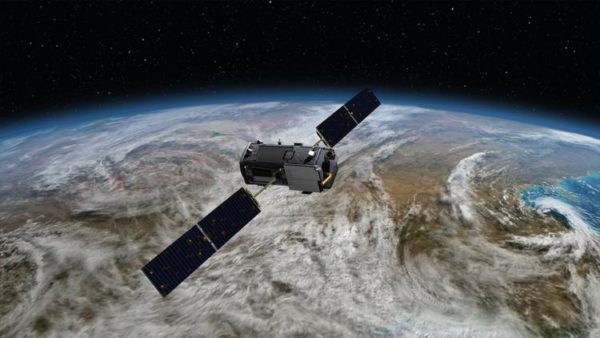Fires, drought and warmer temperatures were to blame for excess carbon dioxide in the atmosphere during the 2015-2016 El Niño, scientists with NASA’s Orbiting Carbon Observatory-2 say. The findings, part of five papers published in the journal Science, shed light on the mechanisms through which Earth “breathes” carbon dioxide, a potent greenhouse gas, and reveal how those mechanisms affect climate change. Global temperatures have been on the rise, thanks largely to the human-driven increase in greenhouse gases like carbon dioxide. But not all of the carbon dioxide produced each year ends up in the atmosphere. Some of it gets trapped in the ocean, or locked on land thanks to plants that use the gas during photosynthesis.
Continue reading... →The process of restoring the ocean can help reduce poverty, increase food sources in coastal areas and provide income. A report designed for the UN World Ocean Conference suggests several ways humans can accomplish these goals, such as recovering and managing fisheries to revive the economy and alleviate poverty and hunger. The report, created by the Nippon Foundation — Nereus Program, highlights the issues of climate change due to global warming and how countries can work together to save the ocean and its marine life. One concern raised in the report is the rising sea levels, which are forcing fish to move to different locations, but more people are moving towards the coasts. To sustain ocean life, researchers are combining artificial intelligence (AI) with robotic technologies for efficient monitoring in places humans cannot go.
Continue reading... →NASA is funding projects with the potential to slash airplane greenhouse gas emissions by 75 percent. The agency is targeting airline emissions, a major source of greenhouse gases. NASA last week announced that it was funding research into five new technologies under a “green aviation” initiative that it says could cut airplane fuel use in half, reduce aircraft noise, and most important, slash carbon emissions by as much as 75 percent.
Continue reading... →

